Help! My child is struggling to write legibly. Are UAE schools failing children? Handwriting and Dysgraphia. The Guide.
Background: My child is struggling to write legibly. Handwriting and Dysgraphia. The SchoolsCompared.com Guide.
After a parent recently contacted us with concerns about her child’s problems writing legibly, we thought it was time to tackle a subject that gets far too little attention. In fact, speaking to one teacher during writing this article, we were told that:
“not being able to write legibly is a much more important issue than being behind in maths. When children cannot write legibly they are often downgraded in exams and their education across the board suffers, often irretrievably. The education of even the brightest children can be blighted by this – and if an intervention is not made quickly enough, years can pass and a child’s education never recovers. How can a child learn when they, nor anyone else, can read what they have written?”
Children who struggle with handwriting can spend hours writing what takes other children minutes. At the same time, these same children may well be able to type on a laptop perfectly and be eloquent and imaginative. We all know stories of the average doctor’s handwriting – illegibility seems to come with territory of some very bright people. But these sorts of stories do not help children struggling now.
We learned of one child child who came to their GCSE exams with absolutely no readable notes from which to revise and another who passed their GCSEs, but in the certain knowledge that examiners could not possibly have even read their handwriting because they themselves could not read it. Another parent told us that the headaches started when their school moved children from writing in single letters to joined up handwriting. No longer legible, the child refused to go back to script for fear of “looking stupid.”
In the following we try and tackle some of the issues. In particular we look at Dysgraphia – but there are many other reasons children suffer from poor handwriting. Laziness (usually because they do not have the muscles to write properly and it hurts them to write), lack of fine motor skills and being taught badly (problems seem to occur in the move to joined up handwriting for many children) – and many children just find their handwriting slowing down the speed of their thinking resulting in frustration and despondency. One child told us that, because she was a perfectionist, she simply could not bear to look at her “awful” books filled with messy and illegible script and threw them away deliberately so as not have to look at them again and so she could start again afresh.
Whatever else, this article hopes to explain why handwriting issues are important, perhaps even critical. We show why and how handwriting is a major issue for many children and their families – but a forgotten, bottom of the pile one far, far too often.
And finally we try and give hope that there is help out there to tackle it.
What Is Dysgraphia?
Dysgraphia is a neurological learning disorder that is predominantly characterised by difficulties in writing. These difficulties are mainly in writing by hand, but they can also show themselves in writing coherence, typing, spelling and decoding.
Dysgraphia is one of a number of issues that are often lumped together under the title of Developmental coordination disorder, or DCD. DCD can also be found termed Dyspraxia (DCD and Dyspraxia are used interchangeably). DCD/Dyspraxia covers multiple issues that occur when a child finds it difficult- or impossible – difficulty to use “motor abilities”, including fine motor skills, in a range of environments. In some children it impacts on handwriting – but DCD can also effect balance, agility, learning new movements (for example in Dance).
Bottom line: the impacts of DCD can make children’s lives very difficult inside and outside school. Problems can arise not just from the difficulty itself, but the impacts of being bullied for it or being perceived as stupid.
A child impaired with dysgraphia has trouble with the physical act of writing, in processing the written word and in comprehending the letters within the words. Finger sequencing is a challenge and control of the muscles in the hand needed for clear writing is lacking.
Dysgraphia is a condition than is often, but not always, accompanied by other learning disorders such as Dyslexia, speech conditions and attention impairments like ADD and ADHD.
To learn more about Dyslexia, see our SchoolsCompared Guide here.
To learn more about ADD and ADHD, seee our SchoolsCompared Guide here.
The first key fact to take on board is that, just as with other neurological processing disorders, a child with Dysgraphia has normal intelligence.
Dysgraphia – The Hidden Disorder Holding Children Back?
Dysgraphia is a learning disorder that often goes undetected. Much less is known about Dysgraphia than other conditions with far fewer studies having being undertaken. The statistics that do exist we think that to a much greater degree should be taken with a degree of caution. So much is still unknown. However, there is consensus that as many as between 5% and 20% of students have some form of writing disorder. (Reynolds 2007). There is also consensus that it is a very significantly under identified issue – the true number of kids with some form is Dysgraphia is very likely to much higher. .
Interestingly, some of the Special Educational Needs Departments at top rated UAE schools that we contacted about Dysgraphia stated that they “did not feel qualified to comment” as they “knew very little about it.”
Of the many schools that we did contact, only two, Safa British School and Dubai English Speaking College, offered any evidence of a depth of understanding of the issue and a genuine care to help children suffering from it. Teju Sonuga, Assistant Principal – Inclusion at Safa British School in Dubai, and Charlotte Abbott, Director of English at Dubai English Speaking College, we think deserve very significant credit on this basis. Our review of Safa British School can be found here – we rate it outstanding. Our review of Dubai English Speaking College can be found here. The college, with its sister, primary-only, Dubai English Speaking School, was the recipient of our Award for Best School in the UAE at the Top School Awards 2019-20.
Our view is that this lack of knowledge in UAE schools is deeply worrying. If nothing else, it supports the view that this is a significantly under-reported issue – and one in which children, and their families, are, currently, being left to suffer alone.
What Causes Dysgraphia?
There is no hard and fast answer as to what the exact cause of Dysgraphia in children is. There is, however, research suggesting that it may be linked to orthographic coding. This is the brain’s ability to store words in the working memory and to transfer data from their minds through the pen and onto the paper. This result, in the work that they produce, is something that does not fairly reflect their true understating of a topic. Children become labelled stupid, stubborn, lazy or uncooperative. In the worse cases, children get left behind.
In adults, the onset of dysgraphia has been attributed to a stroke or a significant head injury.
Common Indicators of Dysgraphia
Like most learning difficulties, Dysgraphia is a nuanced and complicated issue that displays on a spectrum, manifesting in different ways and in varying extremes from person to person. The severity of Dysgraphia can vary massively from one learner to another and no child exhibits exactly the same indicators.
The most common markers (of which some and not all may be present) are:
- A lack of understanding of basic grammar and simple word spelling.
- Letters are commonly and repeatedly written backwards, such as p, q and d and b.
- The student writes in a random mixture of upper and lower case letters, a mix of cursive and print and they write with irregular letter sizes.
- They leave letters unfinished and miss out sounds all together.
- They struggle to use writing as a communication tool.
- They have an odd writing grip that is too tight, often resulting in hand cramps.
- There are numerous and inconsistent spelling mistakes. For example they may spell a word correctly and then incorrectly only minutes later.
- When the student is asked to write they make become extremely frustrated and stressed with their inability to get their thoughts on paper and children may refuse to write at all.
- They may also inadvertently use a word that is close to but not quite right for what they are trying to communicate (such as boy instead of child, or lid instead of roof).
- They have difficulty in copying words down on paper.
Children may have only impaired handwriting, only impaired spelling, or both.
Other Indications Of Dysgraphia
Most people with Dysgraphia have the ability to write on some level, however they will display unusual difficulty with hand writing and/or spelling, which in turn often creates early onset writing fatigue/frustration.
Dysgraphia in itself can make learning difficult but it is compounded by the student’s difficulty in concentrating on other things while they write. They need to focus so intently on the process of writing that they are unable to sense, or register, another simultaneous stimulus. They can’t write and think at the same time, which means that they regularly miss the next point that is being made, while they struggle to write down what they have just heard.
Types Of Dysgraphia
There are 5 types of Dysgraphia. The treatment is largely the same for each – and the vast majority of sufferers display a combination of types:
- Dyslexic Dysgraphia: With Dyslexic Dysgraphia the student does not actually have Dyslexia. Dyslexia and Dysgraphia are unrelated. Instead, spelling skills are poor, copied work is legible, spontaneously written work is illegible – and they are noticeably slow to write. Finger tapping speed, a method for identifying fine motor problems, is normal because the issue is not caused by cerebellar damage.
- Motor Dysgraphia: This is a fine motor skills issue. It is characterised by low muscle tone and unspecified clumsiness. Generally, written work is illegible, even if copied by sight from another document. Letter formation may be acceptable in very short samples of writing, but this requires extreme effort and an unreasonable amount of time to accomplish. Children tend to get frustrated and often tearful when asked to write for long periods. Spelling skills are not impaired and are often excellent. Finger tapping speed results are below normal.
- Spatial Dysgraphia: This is the inability to stay writing on the lines and to keep even space between the words. Spontaneously written work is illegible, copied work is illegible. Spelling is usually good, and in many cases outstanding. Tapping speed is normal.
- Phonological Dysgraphia: This results in poor spelling when writing unfamiliar words and the inability to memorise Phonemes.
- Lexical Dysgraphia: This results in normal spelling ability when sounds to letter patterns are clear but consistently incorrect spellings for words that are not phonetically spelt. Lexical Dysgraphia is rare.
What is The Difference Between Dysgraphia and Dyslexia?
The difference in the two conditions is clear-cut:
- Dyslexia is a neurological disorder associated with reading comprehension. It shows itself in the inability to memorise sight words, poor spelling, a struggle isolating sounds in speech, limited reading comprehension and letter jumbling.
-
Dysgraphia is a disorder that affects the physical act of writing but does not impact reading ability.
Dysgraphia is often mistaken for Dyslexia because, of the two, it is the less known and less understood learning disorder. There are also a few symptoms that overlap. Recognising the difference between them is vital for a child’s development. Without early identification, appropriate tools cannot be put in place to help children reach their full potential in school and in their social life.
There may be elements of the treatment methodology that overlap in Dyslexia and Dysgraphia but the focus for Dysgraphia is on occupational therapy and graphic organisation and the focus for Dyslexia is on sounds, decoding and speech. More about treatment follows below.
The Affect Of Dysgraphia On Self-Esteem
Before a diagnosis is made, students are often thought of as lazy or sloppy in their approach to their studies, as the work that they produce appears to lack effort. Because the child displays strong verbal skills, parents and teachers expect them to write at the same standard that they speak. When they don’t, it is mistaken for idleness. This often results in a child facing a crisis in confidence, a negative attitude toward learning and anxiety in a classroom setting. This can create a downward spiral of decline as they student feels unmotivated to attempt to write and they may even look for, and find, creative ways to evade writing anything down so that they can escape the feelings of failure that their struggles produce. Their school grades continue to decline as their ability to express their knowledge through the written word reduces along with their willingness to try.
What To Do If You Think That Your Child Has Dysgraphia?
Get a Diagnosis As Soon As Possible
“It is commonplace for Specific Learning Difficulties, such as Dyslexia and Dysgraphia, to be diagnosed after the age of six or seven years. However, it is never too soon to begin intervention; research tells us that pupil outcomes are greatly improved with Early Intervention.”
Teju Sonuga. Assistant Principal – Inclusion. Safa British School, Dubai.
It may be the school that approaches you with their observations regarding your child’s educational development or you may have noticed some of the symptoms at home, either way it is vitally important that you get an assessment completed and an official diagnosis. The earlier neurological issues are identified, the earlier intervention can be put in place to reduce the impact on your child’s life.
Diagnosing dysgraphia can be tricky as it is commonly mistaken for other more well known learning disorders. However there are a number of tests that can make diagnosis more accurate. These include, the Ajuriaguerra scale, DASH, HHE scale, and BHK for children or teenagers. Dysgraphia tests usually include writing and fine motor assessment. Modern testing involves using tablets to measure the tilt, pressure, and position that the child uses while writing. The use of devices can also make more personalised treatment plans possible.
Who can make a diagnosis?
- Paediatricians
- Psychiatrists
- Clinical psychologists
- Social workers
- School psychologists/ Educational psychologists
- Occupational therapists
Treatment
As with most neurological disorders, there is no cure or any known medicinal treatments. There are, however, in many cases VERY effective strategies that can be put in place to significantly reduce its impact. As a result it is very important that the underlying causes are assessed (as there might be more than one) and that assessments are conducted periodically to ensure that the therapy in place continues to be appropriate for the child’s changing needs.
There are a variety of other treatments and teaching strategies available that have proven to significantly reduce the symptoms and impact of the disorder.
There are a number of health care professionals that may be involved in the care of a student with Dysgraphia. It is important that the therapy is specific and targeted to each child’s unique issues, so all of the stakeholders should regularly discuss the best approach to managing the therapy.
Occupational Therapy. There are a number of approaches within the scope of Occupational Therapy that have had a positive impact on a child’s ability to manage their Dysgraphia. The task-orientated approach is a simple process that involves the therapist breaking down an action into smaller and simpler steps and creating a plan for the child to practice the movements repeatedly (such as letter-formation drills). This process orientated approach focuses on general movement motor-skills rather than specific tasks, and has the disadvantage of making for a more lengthy process to resolve issues – and potentially it can be frustrating (and painful) for many children..
Paediatric Physiotherapy: After a thorough assessment the physiotherapist would create a targeted treatment programme to address the physical deficits that are affecting the child’s handwriting. These treatments may vary from core strength improvement and upper limb control to reflex integration and spatial awareness.
Educational Psychologist: An educational therapist can help children with specific strategies to learn how to approach writing assignments and how to cope with their unique writing issues. They also use positive self-talk to set reasonable and achievable goals, tracking progress over time, improving writing skills and (most importantly) tackling the self-esteem problems that accompany having an issue that makes a child stand out from the crowd.
What To Expect From Your School?
Teju Sonuga. Assistant Principal – Inclusion. Safa British School, Dubai, advised us that managing Dysgraphia is a collaborative process that needs the involvement of many parties:
“A parent’s first contact should always be the schools Special Educational Needs Coordinator (SENCo) as soon as they have concerns about their child’s progress. The SENCo will work with parents and the class teacher to build up a comprehensive profile of the student’s skills and difficulties. From here, the SENCo can recommend the best-suited external specialist to complete an assessment. An Educational or Clinical Psychologist will be able to assess for various Specific Learning Difficulties and Disabilities. Parents should encourage the Psychologist to collaborate with the school where possible, as this adds scope and validity to the assessment. It also allows the school to work with the Psychologist to tailor provision most effectively.”
One of the dangers with Dysgraphia is that the child’s intelligence is normal but their ability to keep up in the classroom is not. This means that many bright children are placed in classes that require work to the standard of their writing production rather that them receiving the tools that they needs to be in a class that can engage and interest them to the level appropriate to their intellect.
There are a few simple steps that the school can take to help a child with Dysgraphia to reach their full potential in the classroom setting and to help them to maintain a healthy standard of self-esteem.
- Allow for extra time for them to complete any assignments that include writing.
- Pair the learners up with a note-taking buddy so that they can listen and comprehend verbal instruction.
- Allow them to use voice command when they complete assignments so that the full extent of their knowledge can be assessed.
- Do not limit the time that they are given to complete written assignments.
- Evaluate Dysgraphia learners on the quality and not quantity of their writing.
- Create oral assessment opportunities to allow the student to showcase their knowledge and reinforce their self-esteem.
- Allow them to record lectures (where appropriate) so that they can listen back at a later time.
- Provide prompts to help them brainstorm their thoughts on paper before they attempt write it out (this allows them to ensure that all of their thoughts are captured).
- Do not expect the student to write on a white board in front of other students.
- Enable the child to use a laptop in class and in all examinations. Many parents (and remarkably schools) are unaware that examination boards do allow the use of a laptop to complete examinations without Access Arrangements (testing to assess need for extra time, readers, scribes).
- Enable children to use cameras in class to photograph work on whiteboards.
- Enable children to use voice recorders in class.
Teju Sonuga. Assistant Principal – Inclusion. Safa British School, Dubai, believes that a customised combination of support in the classroom, reinforcement of a strong sense of self-worth and early intervention is the key to positive educational outcomes.
“Many schools are well equipped to support learning and self-esteem. First, an Individual Education Plan (IEP) will be constructed, to set personal goals and determine teaching strategies. This bespoke plan should consider the students skills, barriers and learning style. From here, the school may offer differentiated class work, classroom adaptions and/or additional interventions.
Interventions may consist of small group or one-to-one sessions, in which specific skills are built. Likewise, if a student’s self-esteem is a concern, social and emotional interventions and/or counselling can be provided. A ‘Growth Mindset’ approach will also help students to persevere and feel confident when learning; parents and schools should embed this wherever possible. It is commonplace for Specific Learning Difficulties, such as Dyslexia and Dysgraphia, to be diagnosed after the age of six or seven years. However, it is never too soon to begin intervention; research tells us that pupil outcomes are greatly improved with Early Intervention.”
Materials
Utilise materials that help with the mechanics of writing:
Textured paper that stops the pen or pencil from slipping due to the awkward grip and inconsistent downward pressure.
Graphed and lined paper will to help guide letter formation so that the sentences don’t slip down the page.
Pen and pencil grips help to make holding them less painful and can avoid cramps or use thicker implements, which are easier to hold. We recommend:
- STABILO EASY original Graffiti which is available in right or left handed variants. An amazon link can be found here. We also recommend
- Uni-Ball UBA-188-L Fountain Pen Tip 0.7mm Air Rollerball Pens which can help children who find it difficult to get the “nib” of the pen to make contact with the page. An Amazon link can be found here.
Technology
Typing rather than writing is often much easier for students with Dysgraphia as it eliminates issues with letter formation, line spacing, capitalisation errors and messy handwriting. Touch-typing is especially beneficial for Dysgraphic learners as it eliminates the need for them to constantly look back and forth between the screen and the keyboard. This can be learned by children as young as six years old and there are many online learning tools specifically designed for this.
It is worth noting too that typing is also a very good option for kids with ADHD, because the skill helps them to automate the writing process so that the words can stream through muscle memory. The child’s attention can then be focused on the creation of ideas and the formation of thought.
If the Dysgraphia is severe, the student will have immense difficulty in producing any written work at all. In this case there are speech-to-text technologies readily available. Google chrome has a great version that we recommend that allows the student to fully participate in school, create a lasting record of their work and to showcase their knowledge.
Other tools include:
- Word Prediction Software: Co: Writer; WordQ; textHELP Read&Write Gold
- Speech recognition software: Dragon NaturallySpeaking; Dragon Dictate for Mac; Microsoft Speech Engine
- Word Prediction Software combined with Speech recognition software: SpeakQ
There are also many Apps that help the student to practice letter formation, vocabulary learning and word arrangement. (These are good for all learners, not just those who are neurologically different.) A few examples include:
- Dragon Dictation – A speech to text app that has a reputation for accuracy.
- Dragon Go – a voice recognition app
- Evernote – An award-winning app that uses voice recorded notes along with organisation features.
- Pages – This is a word processor for Apple mobile devices that syncs with iCloud and comes with a variety of templates, colour, and font and texture customisation.
- Soundnote – More suited for teens and college students for recording lectures and interview, it allows for simultaneous recording and typing or hand written notes.
- Textexpander – An extreme version of autocorrect, which allows for customized abbreviation shortcuts.
- Typ-0 HD – An intuitive technology that can work with even the most challenging of typos
- Dexteria – offers exercises that improve fine motor skills to improve kid’s handwriting.
- Simplex Spelling Phonics 1 – An award winning App, it provides 1-years worth of phonics and spelling curriculum
For technological assistance with note taking there are also many options to choose from. iPad based Apps are very popular, such as Audio note and Sound noteSmart Pen: Livescribe Echo SmartPen, Livescribe SkyPen, and Livescribe 3 SmartPen.
With The Ready Availability Of Technology, Does Handwriting Even Matter?
There are hundreds of options available when it comes to replacing writing by hand or typing with text prediction software and speech recognition software technology with more innovative solutions being created every day. So this begs the question of whether students need to spend time on their handwriting skills at all.
Teju Sonuga, Assistant Principal – Inclusion at Safa British School, told us that there is no hard and fast answer as so much depends on the unique child, but states that handwriting is an important skill.
“There is no one answer to the question of replacing handwriting with technology. As with everything in Special Education, we must consider this on a case-to-case basis. For some student’s, handwriting is taxing and ineffective, so may hold less importance for them. In this case, it is important to utilise Assistive Technology (AT) to remove this barrier. Touch-typing, dictation (speech-to-text) and other writing tools can enable a student to write with efficiency and speed. However, handwriting is a valuable life skill that should be practiced.”
For some children, however, being forced to write simply damages their education and life chances. Good schools know exactly when to step in and give students access to laptops. This must be done seamlessly and sensitively so the child is not seen to be “different” to their peers.
Bottom Line? The SchoolsCompared View of Dysgraphia, handwriting and UAE schools.
Agatha Christie, one of the most celebrated crime authors in the world, had Dysgraphia.
It certainly isn’t a life sentence. But, without a diagnosis, the chances of a child completing school with their confidence intact and with grades that reflects their intelligence, is greatly reduced. This is a condition that does blight and damage the lives and life chances of children.
We were shocked and disheartened at the response we received from so many UAE schools.
Sadly, because Dysgraphia is far less well known, or understood, than many other learning disorders, it often goes undetected or is misdiagnosed. Understanding what Dysgraphia is, appreciating that it is actually a fairly common issue and raising awareness amongst the school community and SEN industry will help to ensure that sufferers are accurately assessed and correctly treated.
We asked Charlotte Abbott, Director of English at Dubai English Speaking College, how she would advise the parent who had contacted us about their son not being able to write legibly, despite his being top of his class in English, an avid reader and an accomplished typist. Ms Abbott told us:
“This sounds less like dysgraphia if the student is competent with typing and spelling; often, students with dysgraphia struggle with all methods of transcription, so the fact that your son can type well suggests it may be an issue with Fine Motor Skills.
There are lots of reasons why Fine Motor Skills may be underdeveloped or difficult for some children, but one of the best places to start to improve them is using these muscles more frequently. Perhaps your son could try adult colouring books that can take the emphasis away from the handwriting (that he might now have negative associations with) but still condition these muscles into working more fluidly. It’s definitely worth talking to an Occupational Therapist for an expert opinion on whether it’s a Fine Motor Skills issue; they will be able to provide more specific exercises that can help with handwriting.
We see so many students with handwriting issues and, whilst it may cause some angst for the individual themselves, they do usually go on to fulfil their potential – just differently.
Don’t be worried about your son needing to use a laptop in school as it’s becoming such a normal way of working in the world we live in today. For some students, the issue with Fine Motor Skills stems far back to early childhood, even birth, so it isn’t necessarily something that can be ‘fixed.’ This doesn’t mean to say that your son won’t fulfil his potential – he just needs to use the tools available to him to achieve.”
Bringing hidden disorders into the common consciousness means fewer stigmas and more understanding. We need to stop the inevitable slide that mistakes a neurological condition for laziness or a sloppy attitude toward school. The stigma of this can hugely impact a child’s self confidence and cause a knock on effect on their school grades.
With suitable management, improved social awareness and classroom placement that mirrors each child’s intellect, our children will have all they need to excel. Kind and knowledgeable teachers are so important in this equation, like those we have found at both Dubai British School and Dubai English Speaking College.
But we need all schools, and not just Dubai British School and DESSC who responded so admirably, to now rapidly up their game.
If helping children with handwriting is a “much more urgent” issue than Mathematics or English, as one teacher told us, then something is very clearly awry when schools are not identifying this issue and supporting our children.
If this article can arm parents with the knowledge needed to help their children and speak with schools – and even if only one of the many teachers we know who read our site are galvanised to action, this article will have been worth its weight in gold.
We cannot help but ask, sadly, just how many children, too late, have already slipped through the cracks …
©SchoolsCompared.com. All rights reserved. 2020.






































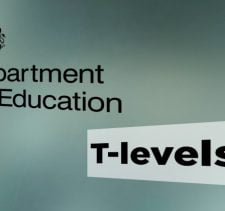




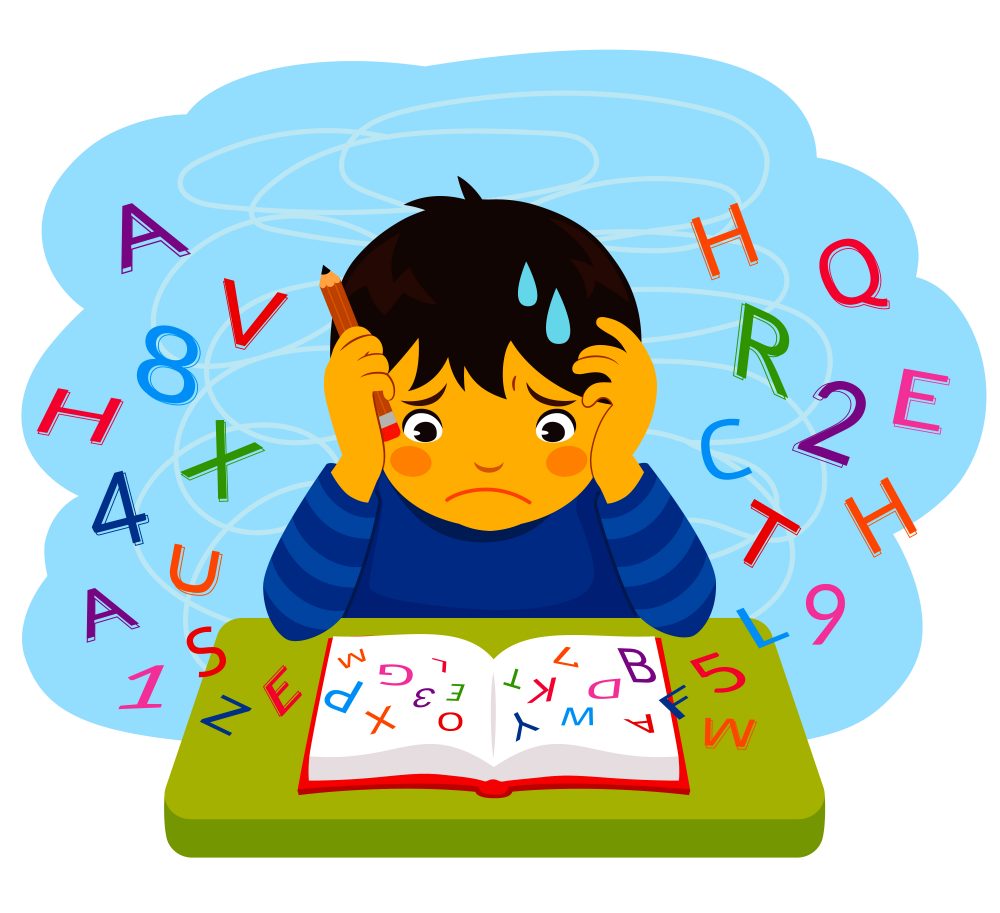
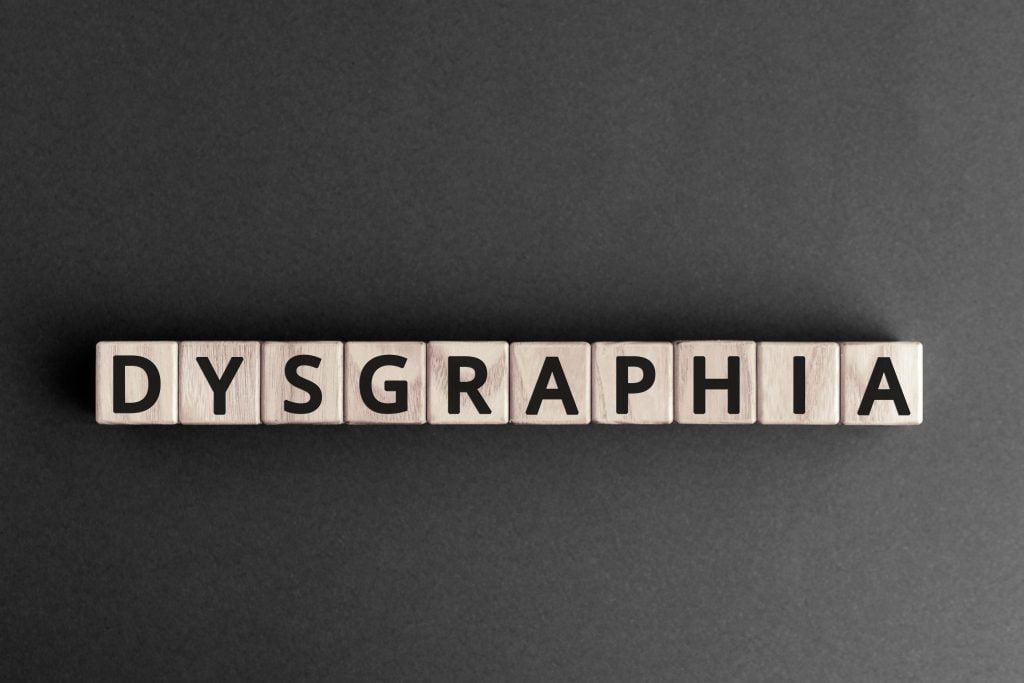


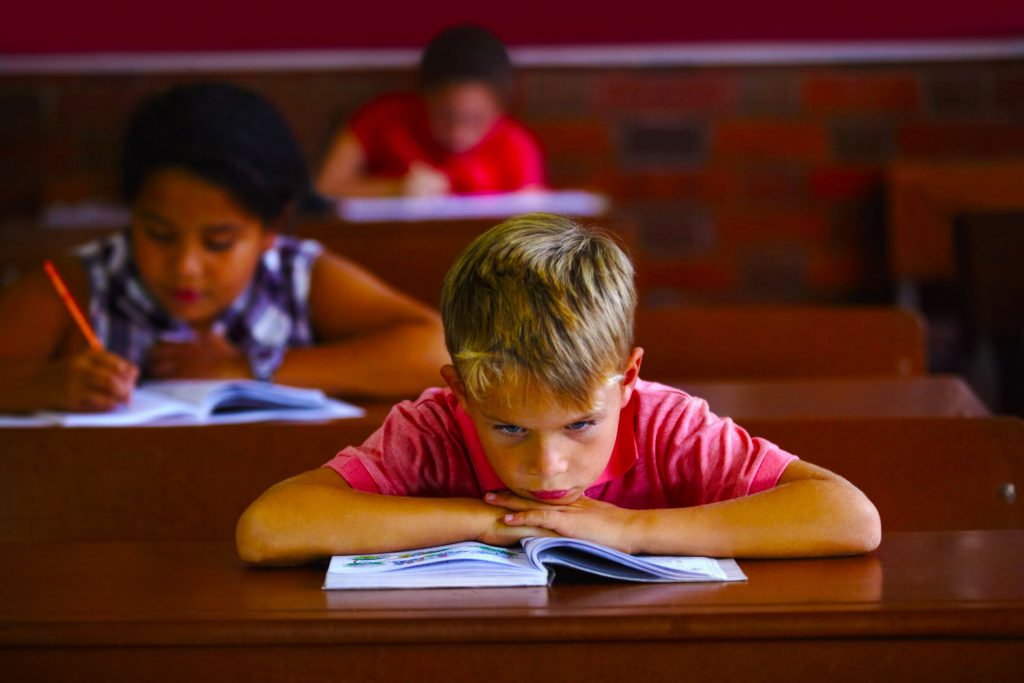
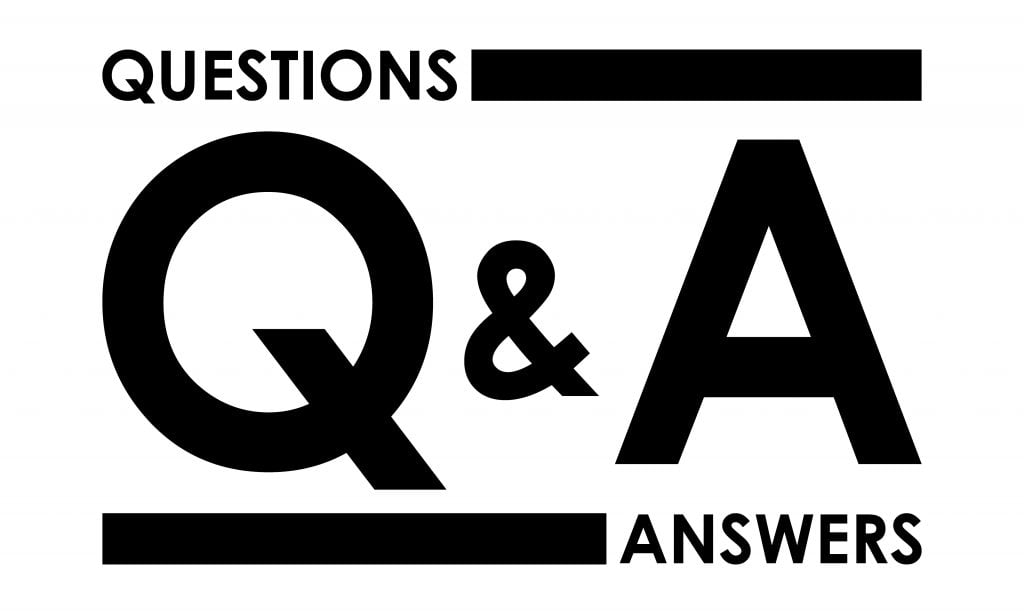


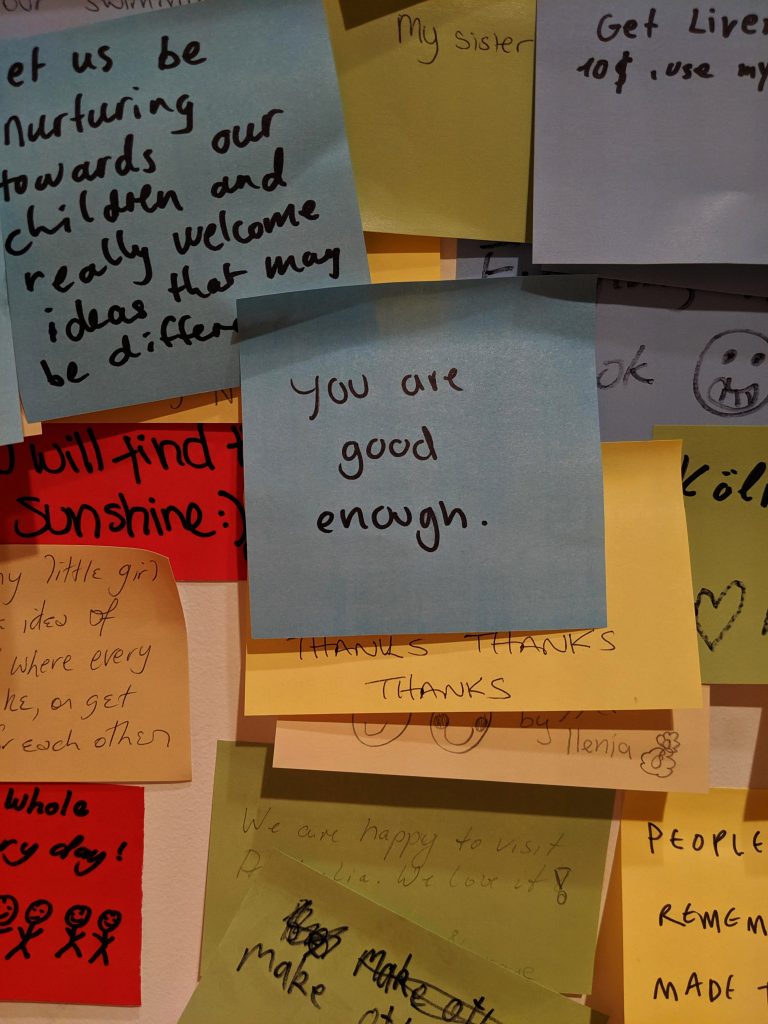


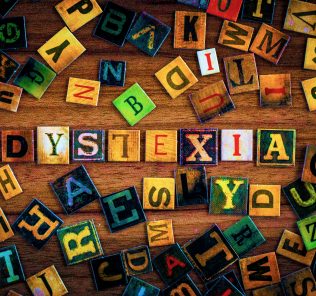

















How can I receive by email a full copy of the dysgraphia article so I can print it out?
Not sure this is possible if normal printing does not work? You could try printing or saving as a PDF, and printing that.
A very detailed writeup!!! Kudos to the writer!!!
Excellent article guys. Really good overview of Dysgraphia and DCD. As a ped OT this is one of my most common referrals. I really like how you also mentioned the link between this skill and self esteem and the global impact handwriting skills difficulties can have on other areas of learning and development. Really great job 👍😊
Adam the OT
Good
Excellent article… Brought out all the issues regarding dysgraphia and the lack of importance that many schools in uae are showing. Keep up the good work.